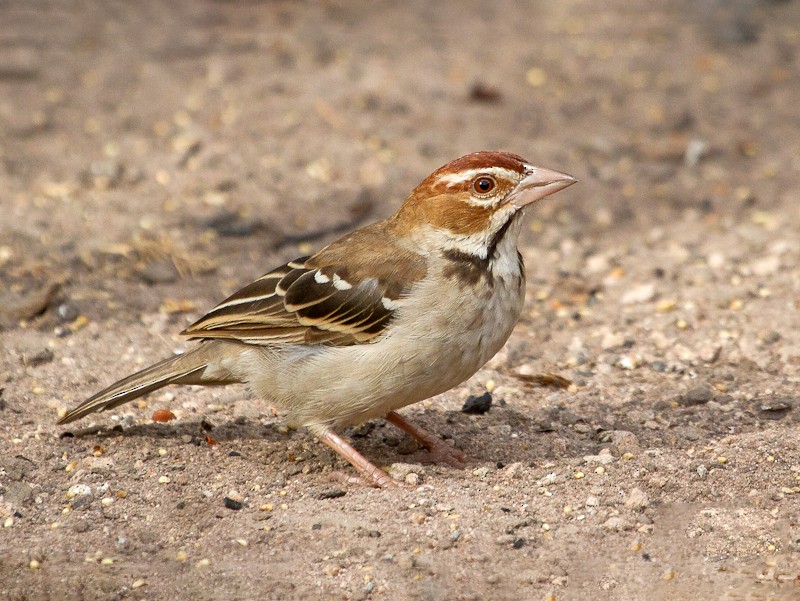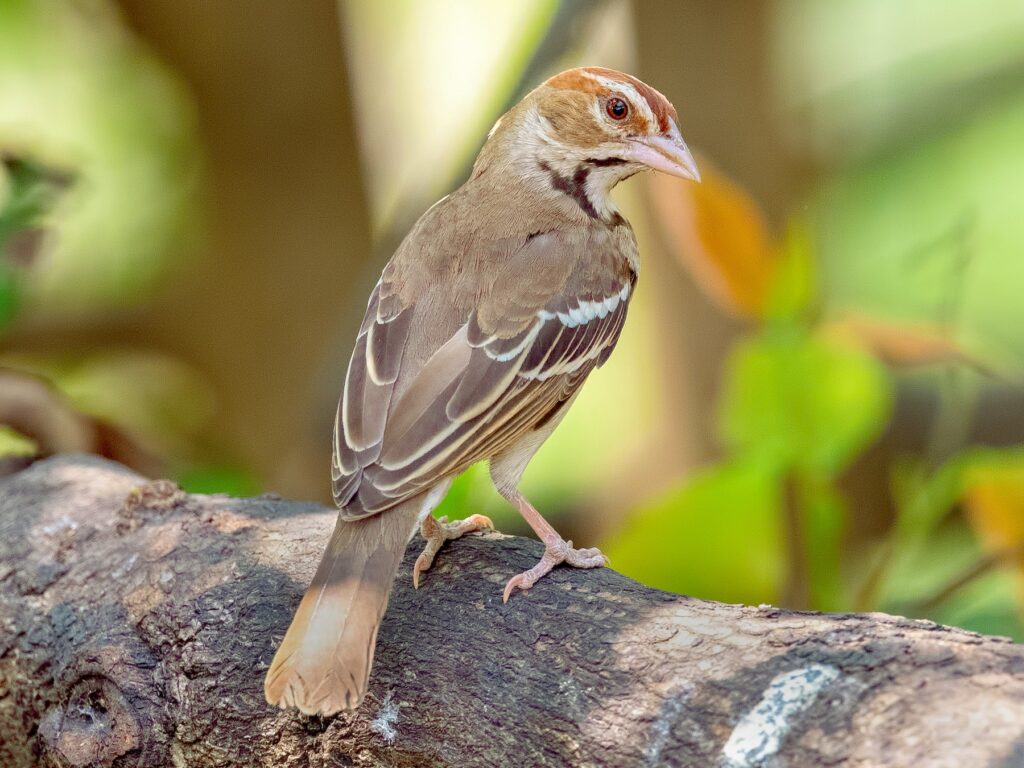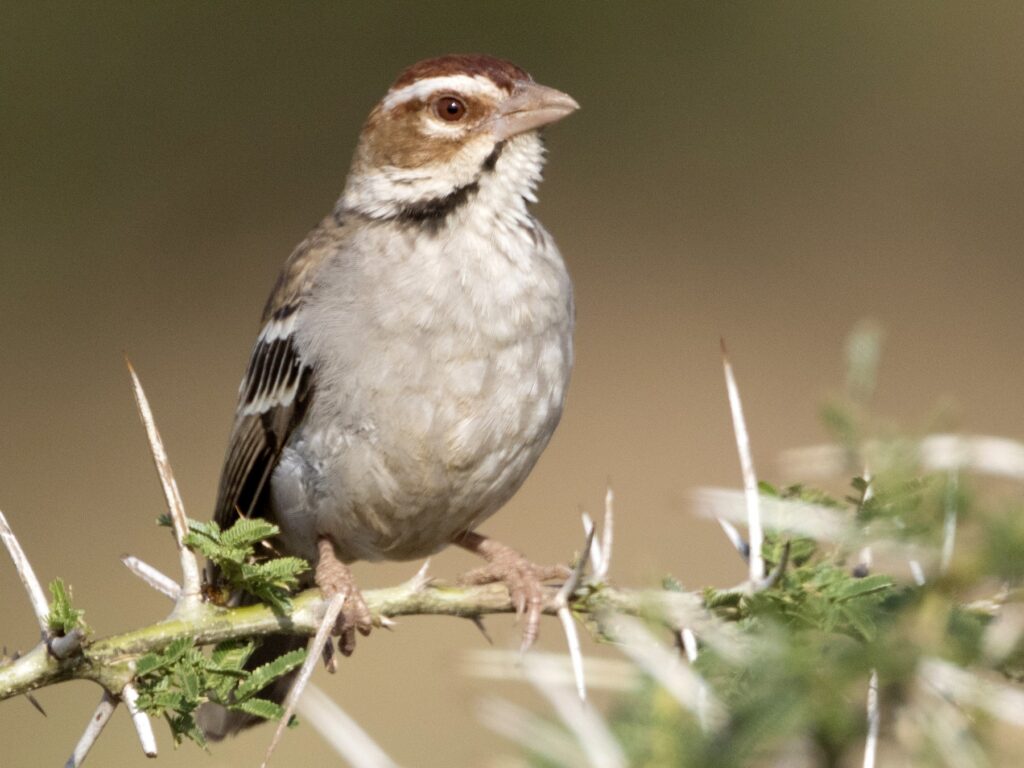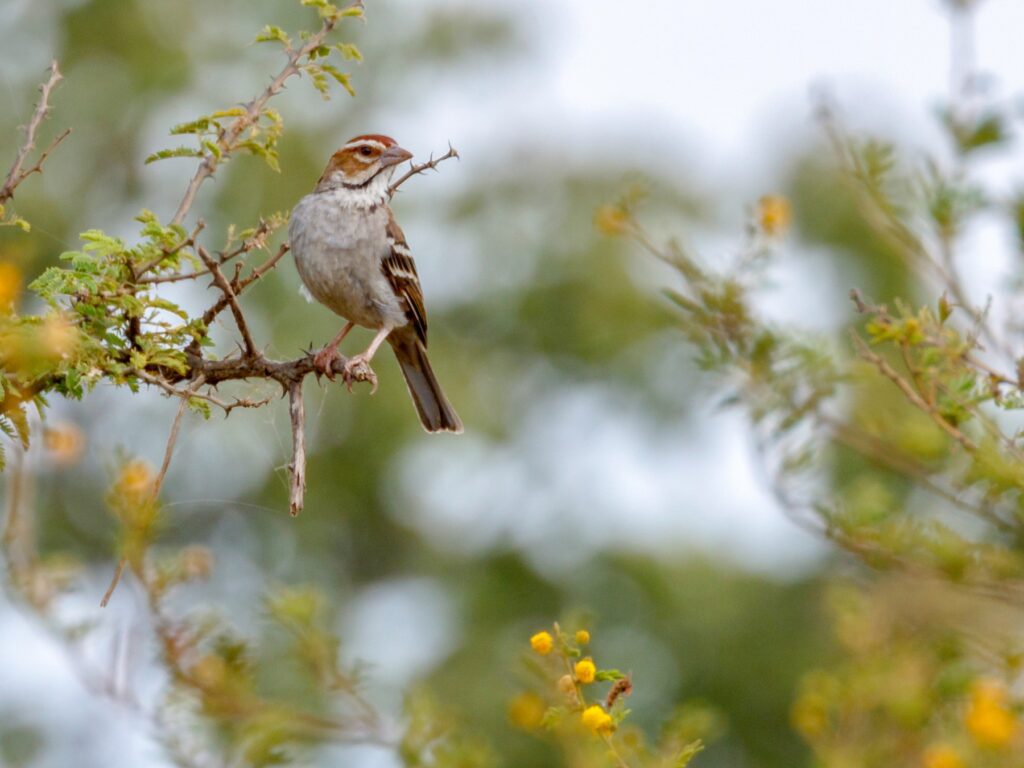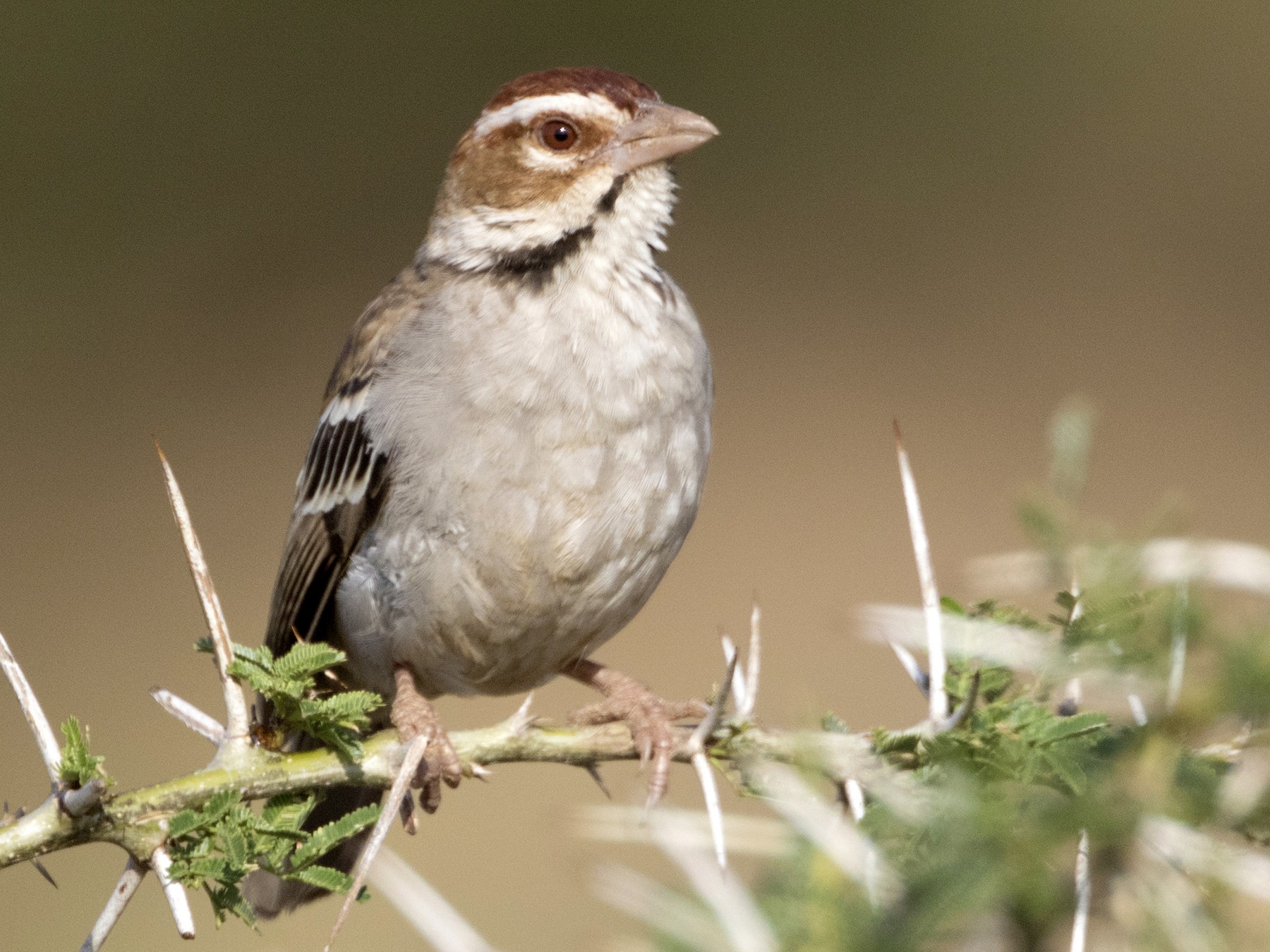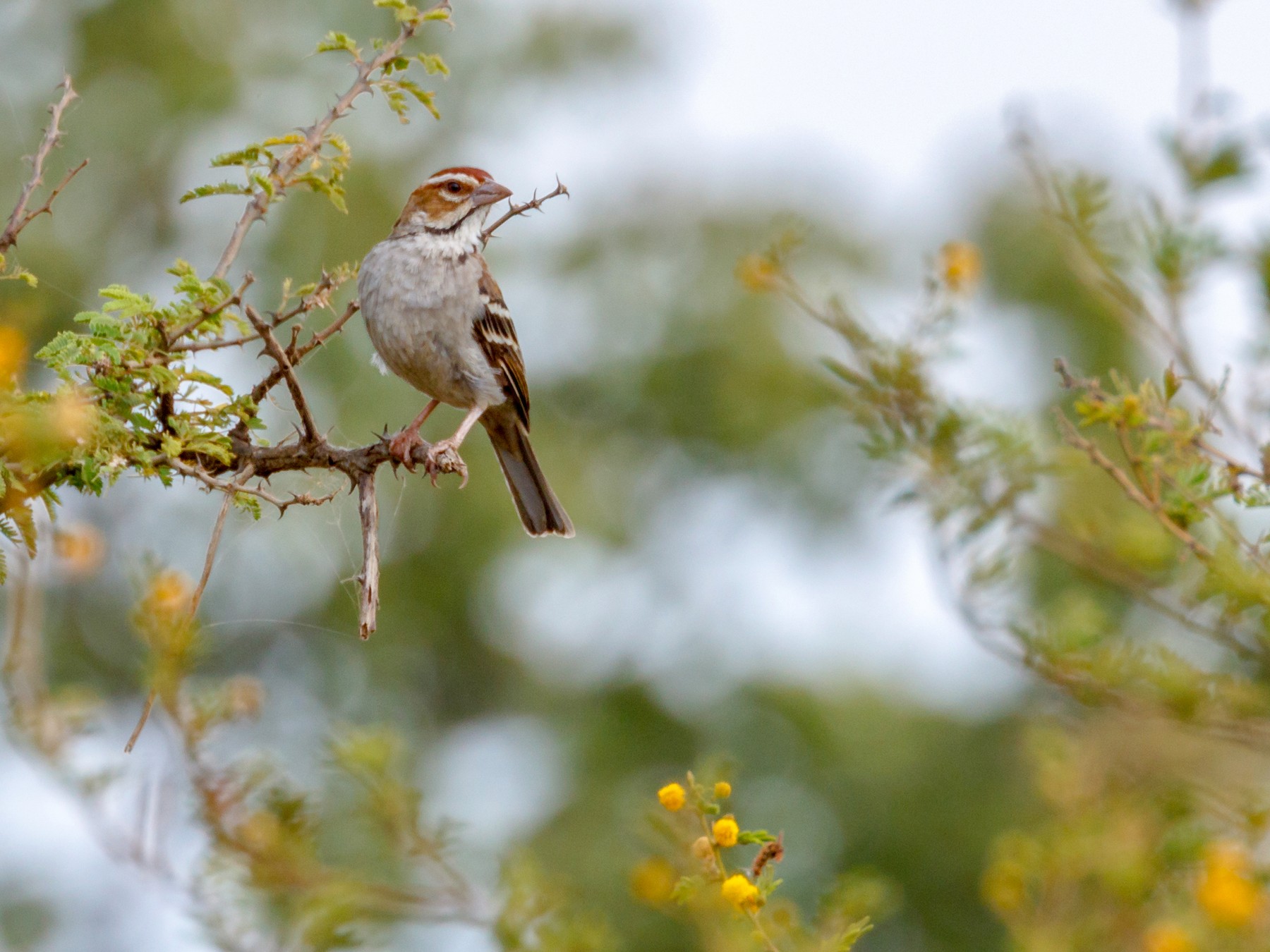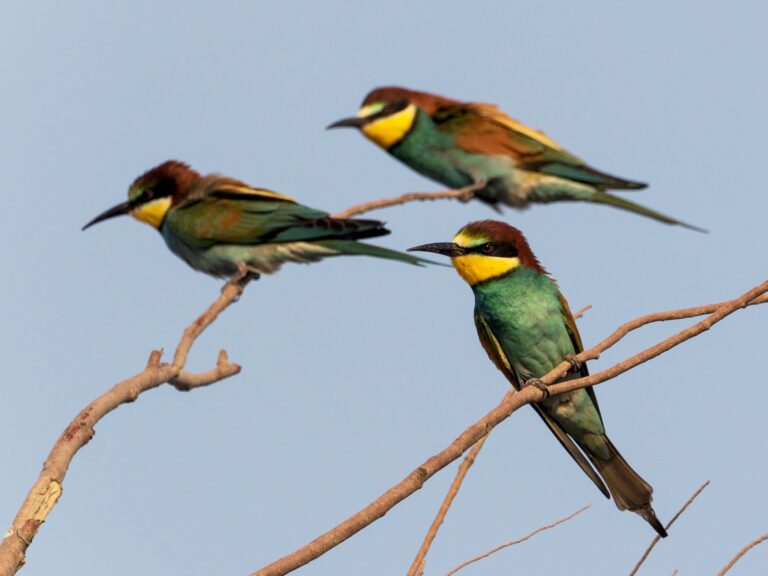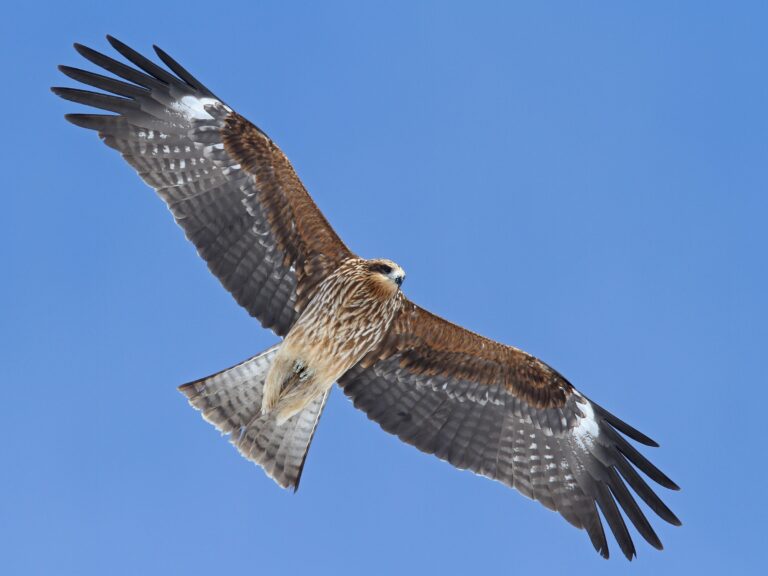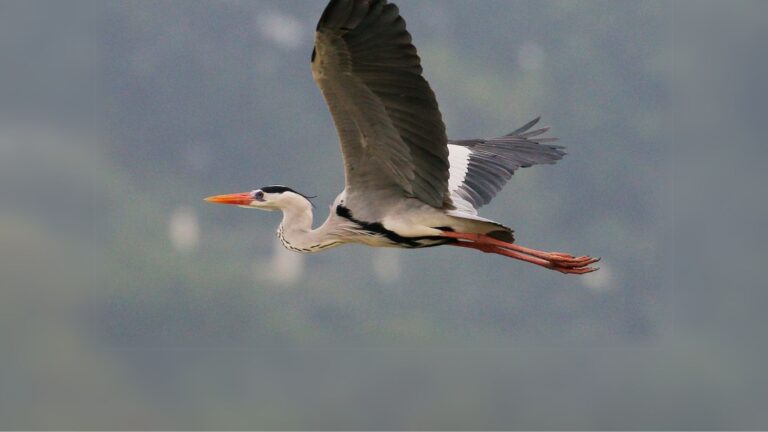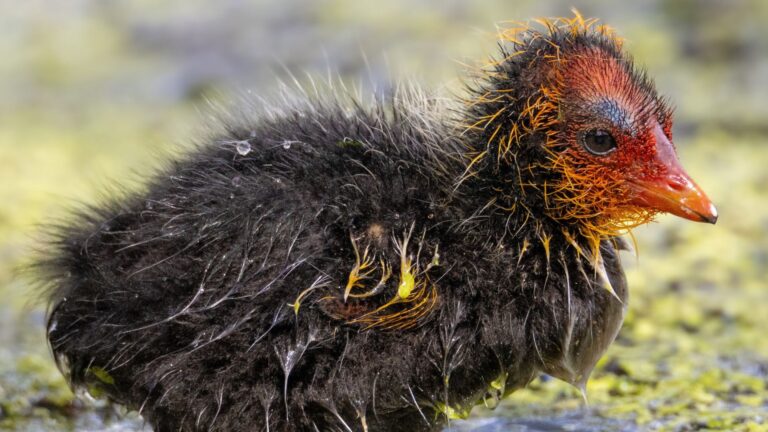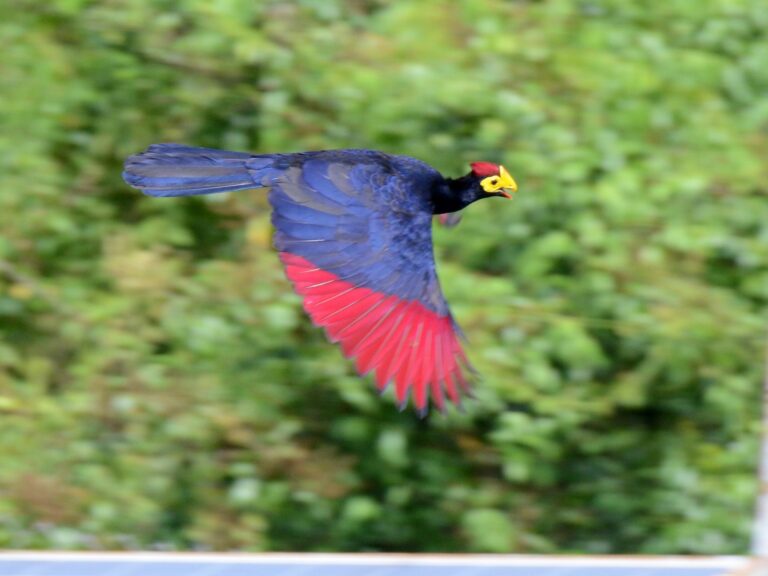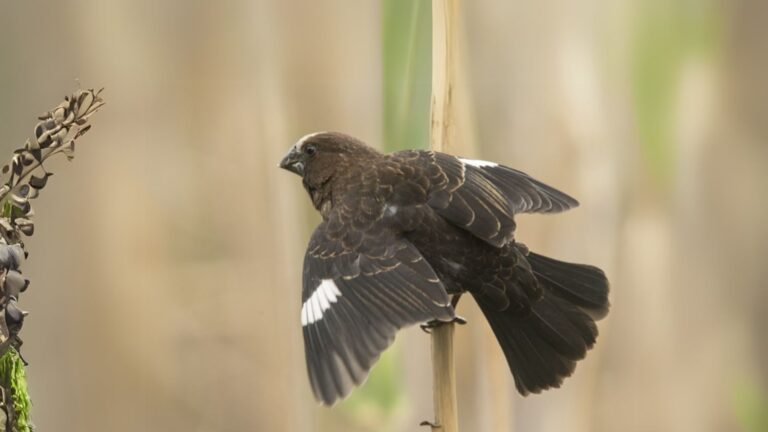Chestnut-crowned Sparrow-Weaver Discover the Unique Behaviors and Habitat of This Fascinating Bird
The Chestnut-crowned Sparrow-Weaver is a striking bird, famous for its chestnut-colored crown and social lifestyle.
The The Chestnut-crowned Sparrow-Weavercrafts large, communal nests high up in African trees. Birdwatchers and scientists find this species endlessly interesting, mostly because of its group living habits and the role it plays in its ecosystem. You’ll spot their nests clustered in colonies, making them a familiar sight in their native landscapes.
These sparrow-weavers thrive in African savannas and open woodlands. Their elaborate nests dangle from branches, easy to spot if you’re out exploring.Researchers keep a close eye on Chestnut-crowned Sparrow-Weavers, hoping to unravel how they interact in groups and adapt to changing habitats. Ongoing studies track their breeding and nesting, adding new layers to what we know.
Key Takeaways
- The Chestnut-crowned Sparrow-Weaver stands out for its chestnut crown and social nests.
- It lives in African woodlands and savannas, forming large colonies.
- Studies of this bird reveal a lot about group behavior and conservation.
Taxonomy and Classification
The Chestnut-crowned Sparrow-Weaver is an African songbird with bold markings and a flair for social living. Its scientific identity and connections to other weaver birds give it a unique spot among wild birds.
Scientific Naming and Description
Scientists call the Chestnut-crowned Sparrow-Weaver Plocepasser superciliosus. The name nods to its chestnut crown and a bold eyebrow stripe—“superciliosus” hints at that eyebrow. It belongs to the genus Plocepasser, a tight-knit group in the weaver family. This bird was first described back in the 19th century.
It’s medium-sized, with broad wings and a chunky bill built for eating seeds. The chestnut crown sets it apart from other sparrow-weavers. Both males and females look pretty much the same, showing off a brown and white body pattern.
Relationship to Other Weavers
Within the weaver family, Plocepasser superciliosus hangs out with other Plocepasser birds, like the White-browed Sparrow-Weaver. Unlike true social weavers in the genus Philetairus, Chestnut-crowned Sparrow-Weavers skip the massive communal nests.
They’re more closely related to other African sparrow-weavers than to birds like the Pseudonigrita (think Grey-headed Social Weaver). Their colony life is still complex, though, at least for weavers. This group is all-African, and everyone’s adapted to open woodlands and savannas. Both physical features and genetic studies confirm where they belong.
Distribution and Habitat
You’ll find Chestnut-crowned Sparrow-Weavers in several regions across sub-Saharan Africa. Their numbers ebb and flow depending on the woodland and grassland types—and whether there are enough trees for nesting.
Geographical Range
This bird mostly sticks to West and Central Africa. Countries like Ghana, Gambia, and Uganda host solid populations. Northern Ghana, especially near Mole National Park, has plenty of them. They also show up in south-eastern Guinea-Bissau and nearby areas—new records in the Boé region have turned up lately.
In Uganda, you might spot small groups, often near protected spots like Murchison Falls National Park. The range stretches west toward Mali and Senegal, and east to western Sudan.
Preferred Ecosystems
Chestnut-crowned Sparrow-Weavers like dry, open habitats. They’re common in acacia woodland and better wooded grassland. They go for places with scattered trees, especially where acacia dominates. Seasonally dry woodlands work for them, as long as there’s enough cover for nests.
Thick forests and wet, dense zones? Not their thing. In drier areas, you’ll usually find them in common dry acacia grassland, but they’re flexible enough to do well in wooded grasslands where tree cover isn’t too thick. Their nests usually show up high in mature trees.
Presence in Notable Locations
West Africa’s protected areas support strong populations. In Ghana, Mole National Park is a great place to see them amid wooded savanna. In Uganda, they hang out near Murchison Falls National Park, where a mix of woodland and savanna suits them. Recent findings in Guinea-Bissau’s Boé region have nudged the known range outward, showing just how adaptable they can be.
They’re not keen on urban zones or dense forest reserves. You’ll mostly spot them where acacia woodlands and open grasslands stay protected or at least undisturbed—ideal for nesting and feeding. If you want more info on sightings in Guinea-Bissau, check out the fieldwork from the Boé region.
Physical Characteristics
These birds have sturdy bodies, strong bills, and sharp markings. They stand out in dry, open areas, and you’ll often see them perched on branches or in bushes, rarely sitting still for long.
Distinctive Features
They’re medium-sized, around 15 to 17 centimeters long. The bill is robust and conical—perfect for cracking seeds and grabbing insects. That chestnut crown? Wide and unmistakable, even at a distance. Adults perched on bare branches or dead bushes show off the crown’s contrast against the rest of the head.
Their tails are square-tipped, and legs are pale, making it easy for them to grip branches. Both sexes look so similar that telling them apart isn’t easy unless you’re really paying attention.
Plumage and Coloration
The plumage is bold and clear. The chestnut brown crown is the bird’s signature feature.
Cheeks and throat are white, while the back and wings run brown or gray-brown, with pale feather edges. Underneath, they’re pale—off-white or light gray.
This color combo makes them pop when perched in good light. If you flip through bird guides or stock photos, you’ll see the crown and color patterns clearly. Young birds have duller crowns, while adults look much brighter and sharper.
Field Identification
In the wild, you’ll usually see Chestnut-crowned Sparrow-Weavers perched on branches, sometimes in pairs or small groups. Their loud calls and strong flight make them easier to spot. That chestnut crown stands out, especially if they’re sitting up high on a bare branch. The bird’s posture is upright, tail straight, bill angled down a bit.
For more about their field marks and habitats, the book Where to watch birds in Africa is a good resource. All these features make it pretty easy to pick out a Chestnut-crowned Sparrow-Weaver from other similar birds.
Behavior and Ecology
Chestnut-crowned Sparrow-Weavers are all about cooperative group dynamics and ground-foraging behaviors. They adapt well to changes in their environment and show some surprisingly complex interactions, especially during breeding.
Social Structure
These birds don’t go solo much. They live in groups, often with a dominant breeding pair and several helpers. Helpers pitch in with feeding chicks and keeping an eye out for predators. Living like this boosts their chances of raising young.
Adults keep order with a mix of calls and behaviors. Sentinels take turns on lookout duty while others feed—pretty vital in open areas, whether on the ground or near a dead bush.
Cooperative breeding ramps up before and during February, when breeding peaks. Want to dig deeper into sentinel behavior? Check out research on cooperatively breeding chestnut-crowned babblers.
Feeding Habits
Chestnut-crowned Sparrow-Weavers mostly forage on the ground. Pairs or small groups—maybe two adults—search for food together in grassy or open spots. Their diet is heavy on seeds, with a side of insects and small invertebrates they find near shrubs or under dead bushes.
Feeding activity picks up in the early morning and late afternoon, when it’s cooler and food is easier to find. Their patterns shift with the seasons. During February’s breeding crunch, food competition gets fierce, so group feeding really matters. For more on their foraging and colony sizes, see this summary of a global citizen science project on weaverbird colonies.
Scientific Studies and Conservation
Researchers have spent time studying Chestnut-crowned Sparrow-Weavers across Africa, focusing on field observations and what these birds need to survive. They’ve looked at where the birds live, how they behave, and what threatens their habitats as things change.
Research and Notable Publications
Surveys and bird checklists regularly mention Chestnut-crowned Sparrow-Weavers in West African wetlands and savannas. A study in Guinea-Bissau’s Boé region recently confirmed their presence there, expanding what we know about their range.
Detailed bird checklists from Hadejia-Nguru Wetlands in Nigeria also include them, showing how important they are in local biodiversity counts. The Bonner Zoologische Monographien and similar works often feature this species in regional bird surveys. These papers help track population shifts and guide conservation priorities.
For more sightings and records, you can browse published checklists from African wetlands, like A checklist for birds of Hadejia-Nguru Wetlands, Nigeria.
Conservation Status
The Chestnut-crowned Sparrow-Weaver isn’t considered globally threatened at the moment. Still, local populations do take a hit when their habitats disappear. Wetlands and savannas—where these birds hang out—face pretty heavy pressure from farming and development. This kind of activity chops up their living spaces, making it tough for the birds to thrive.
Conservation programs in places like Guinea-Bissau try to protect wetlands and bird habitats as part of broader efforts. Researchers use checklists and ecological studies to track where these birds turn up and how common they are. If you’re curious about wetland bird conservation in this region, check out this research on bird diversity and conservation in the Boé region.
Ongoing field studies and monitoring give conservationists some direction on what to do next. They rely on continued research to spot any changes in bird numbers and tweak their plans if needed.
Frequently Asked Questions
The Chestnut-crowned Sparrow-Weaver stands out for its quirky social structure, eating habits, and the way it builds its nests. You’ll find this bird in places where you can actually see its behaviors and adaptations up close.
What is the typical diet of the Chestnut-crowned Sparrow-Weaver?
Mostly, it goes for seeds and insects. Sometimes, it’ll grab a bit of fruit.
The diet shifts as the seasons change—during breeding, they really need more insects for the chicks.
How does the Chestnut-crowned Sparrow-Weaver’s call differ from other weavers?
Its call? It’s a bunch of sharp, chattering notes. Not exactly like other weaver species.
These sounds help the birds talk to each other, keep the group together, or shout out warnings.
What are the nesting habits of the Chestnut-crowned Sparrow-Weaver?
They use grass and other plants to make dome-shaped nests. Usually, you’ll see these nests grouped together in colonies, often up in trees.
Colony nesting gives them a bit of an edge against predators and makes defending the young a little easier.
Are Chestnut-crowned Sparrow-Weavers known for any unique social behaviors?
You’ll notice they form small colonies, with several pairs building nests pretty close to each other. They work together to watch for danger and sometimes even share a bit of the nest-related chores.
Researchers have looked into this in projects like the PHOWN weaverbird citizen science project.
What are the main predators of the Chestnut-crowned Sparrow-Weaver?
Snakes, birds of prey, and some small mammals all go after them. By nesting in colonies, these sparrow-weavers lower their risk—lots of adults can keep watch for trouble at the same time.
How does the habitat of Chestnut-crowned Sparrow-Weavers compare to that of other weaver species?
These birds hang out in wooded savannas and bushlands. They also like spots with scattered trees.
That’s actually pretty similar to where a lot of other weaver birds end up. Important wetland regions in Africa, like the Hadejia-Nguru Wetlands, support a wide variety of weaver species, including the Chestnut-crowned Sparrow-Weaver.
